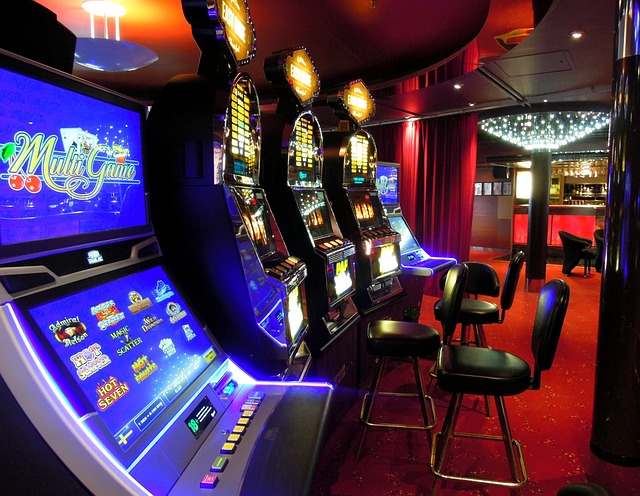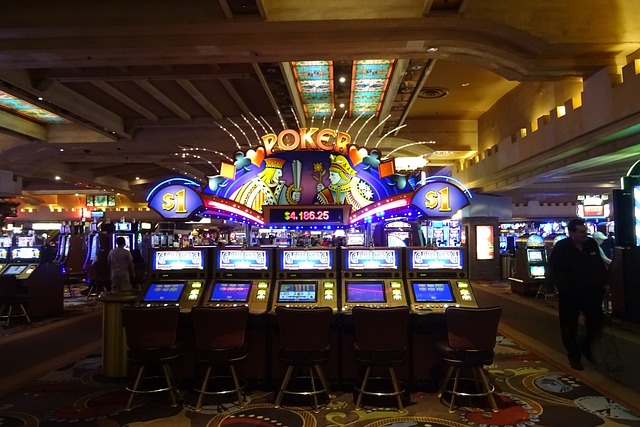Slot machines might seem like games of pure chance, but beneath the spinning reels lies a complex system of mathematics carefully designed to captivate players. From the moment you pull the lever or tap the spin button, math controls everything: the outcome of each spin, the frequency of wins, and even how long you’re likely to play. Developers use probability, statistics, and psychological triggers to create an experience that feels random and thrilling—yet is anything but arbitrary. Understanding how slot machines use math to keep you hooked can help you play more consciously and make informed decisions about your gameplay.
The Role of Random Number Generators (RNGs)
Every modern slot machine relies on a Random Number Generator (RNG), a program that constantly produces random number sequences even when the machine isn’t being played. When you hit the spin button, the RNG stops at a precise point, determining the symbols displayed on the reels. This process is instantaneous and completely independent of previous results. The illusion of patterns or “hot streaks” is just that—an illusion. RNGs ensure each spin is unpredictable, but the underlying math is fixed, maintaining a consistent house edge. This randomness keeps players engaged, as the next spin always seems like it might be the lucky one.
Return to Player (RTP) and the House Edge

The RTP is a percentage that represents the average amount a slot returns to players over thousands of spins. For example, a game with a 96% RTP theoretically pays out $96 for every $100 wagered—but this plays out over the long term. The remaining 4% is the house edge, the casino’s built-in profit margin. This mathematical balance ensures that while some players win big in the short term, the casino always profits in the long run. Developers carefully set RTP values to create a game that feels fair while still generating consistent revenue, keeping players in the game for longer periods.
Volatility and Player Psychology
Slot machines are also categorized by volatility or variance, which measures how often and how much a slot pays out. High-volatility slots offer larger, less frequent wins, while low-volatility games provide smaller, more regular payouts. This choice affects how players emotionally respond to the game. High volatility builds suspense and excitement through long dry spells followed by dramatic wins. Low volatility offers satisfaction through frequent mini-rewards. Developers use these patterns to tailor experiences for different play styles, and the psychological thrill of “almost winning” keeps players chasing the next payout. Volatility adds an emotional layer to the mathematical foundation of the game.
The Illusion of Control and “Near Misses”
One of the most powerful psychological tools in slot machine design is the “near miss.” This occurs when symbols almost line up in a winning combination—such as two matching icons and a third just one spot off. These results are statistically no closer to a win than any other loss, but they feel like wins-in-waiting. This illusion of control makes players believe they are “due” for a win, encouraging longer play sessions. Math ensures near misses happen frequently enough to trigger this response, without changing the slot’s payout odds. It’s a calculated manipulation rooted in behavioral psychology and probability theory.
Progressive Jackpots and the Power of Probability

Progressive slots take mathematical design even further. A small percentage of each bet contributes to a growing jackpot, often reaching life-changing sums. These games typically have lower base RTPs but lure players with the dream of hitting the big one. The odds of winning a progressive jackpot are astronomically low, but the potential payout justifies the risk in the player’s mind. This setup plays on the mathematical principle of expected value—where even an unlikely event can feel worthwhile if the reward is high enough. The excitement of a possible jackpot keeps players spinning, even when the odds are firmly stacked against them.
Final Thoughts
Slot machines are engineered with precision, blending mathematical principles with psychological triggers to create a compelling experience. RNGs, RTP, volatility, and near misses are all tools used to engage players, prolong playtime, and ensure profitability. While the spinning reels might look like pure luck, the reality is that every detail—from sound effects to spin timing—is carefully calculated. Understanding how the math works behind the scenes empowers players to make more conscious choices. The next time you spin the reels, remember: the outcome may be random, but the system is anything but.Спросить ChatGPT
